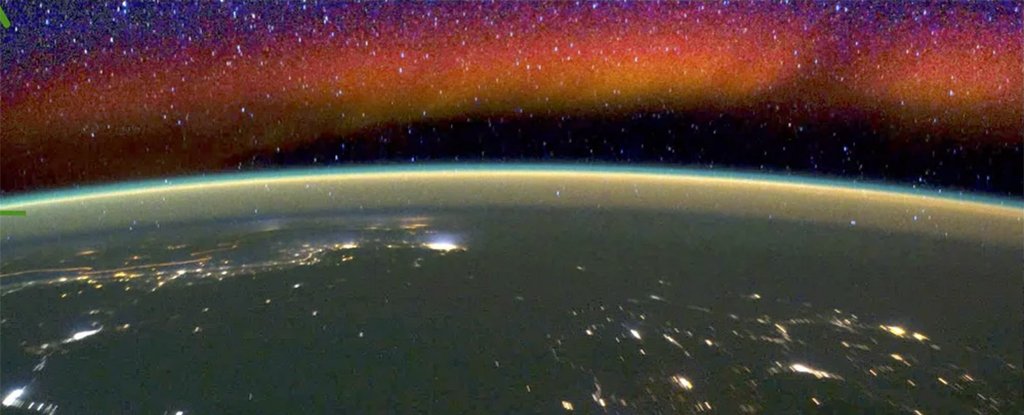The 'bright nights' phenomenon – where the nighttime sky is inexplicably bright enough to read a book by, even without moonlight – has been puzzling scientists for centuries, but we might just have a solution to the mystery.
A new study suggests the effect is created as slow-moving, high-altitude atmospheric waves merge together and amplify the light from naturally occurring airglow, gas atoms that aren't usually visible.
Two researchers from York University in Canada matched data collected on spikes in airglow light with records of atmospheric waves, and found there was a link.
Don't panic if you've got no idea what we're talking about though – bright nights have always been rare occurrences, and are hardly ever seen today due to the effects of light pollution on the night sky.
One of the earliest mentions of the phenomenon was by Pliny the Elder in the first century, and other occurrences have been noticed in scientific papers and newspaper reports down the years.
"The historical record is so coherent, going back over centuries, the descriptions are very similar," says lead researcher Gordon Shepherd.
"Bright nights do exist, and they're part of the variability of airglow that can be observed with satellite instruments."
That airglow is formed by various chemical reactions taking place in the upper atmosphere, including the green tinge in the air that happens when oxygen molecules split apart by the Sun join together again.
Shepherd and his colleague Youngmin Cho found that when this airglow mixed with weather-driven atmospheric waves, bright nights could last for several nights in a row, creating light up to 10 times brighter than normal.
"This [study] is a very clear, new approach to the old enigma of what makes some night skies so remarkably bright, and the answer is atmospheric dynamics," says Jürgen Scheer, from the Instituto de Astronomía y Física del Espacio in Argentina, who wasn't involved in the research.
"We now have a good idea which dynamical phenomena are behind [airglow] events of extreme brightness."
Based on the data collected by the researchers, bright nights only occur once a year in the places where they are noticeable, and you'd need a clear, moonless night to be able to tell the difference with your own eyes.
In total, the scientists think that for every 7 nights out of 100 there's a bright night somewhere on Earth.
One group of people who will be interested in the new research are astronomers: any airglow or bright night effect can interfere with their observations and readings taken of distant objects in space.
For everyone else, the research won't necessarily be life-changing – but it's perhaps worth thinking about if you're ever a long way from civilisation and notice the nighttime light is stronger than it should be.
"Maybe it's an almost dead question," says Shepherd. "I'm having the last word before it dies."
Source: Science Alert

Comments
Post a Comment